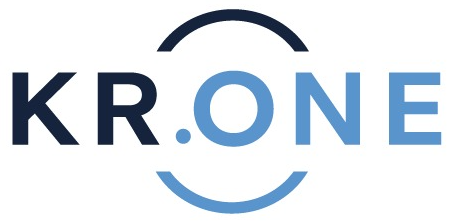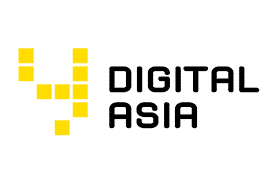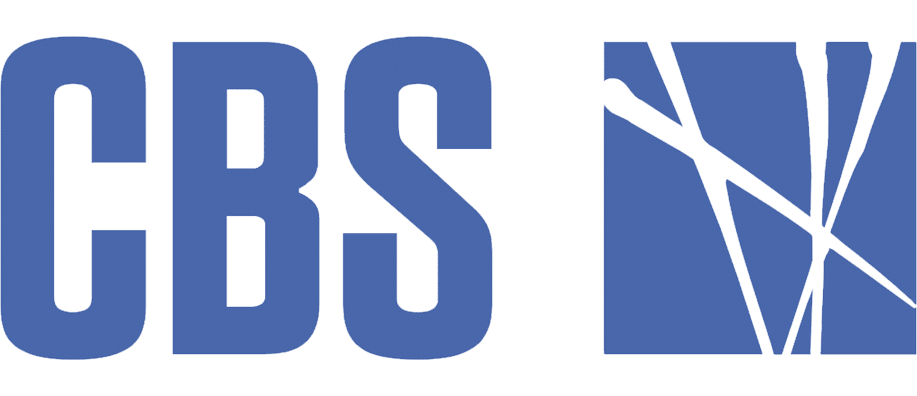The Corruption Perception Index (CPI), developed by Transparency International, is a globally recognized tool used to measure perceived corruption levels in the public sector of various countries. Since its inception, the CPI has become a crucial resource for understanding how corruption impacts governance, business environments, and civil society. The index provides a score ranging from 0 to 100, where 0 indicates high levels of corruption and 100 reflects minimal corruption.
The CPI is based on expert assessments and surveys from international institutions and business leaders. It evaluates various corrupt practices such as bribery, misuse of public funds, nepotism, and the abuse of public office. Transparency International does not conduct surveys directly but compiles data from up to 12 different sources, including global financial institutions and independent organizations. Countries must be evaluated by at least three independent sources to be included in the index.
In examining the process of developing the CPI, I’ve found that several steps contribute to its reliability. First, relevant data is collected from expert surveys. This data is then rescaled to standardize scores on a 0-100 scale. After rescaling, the scores are averaged to produce the CPI score for each country. This methodology ensures comparability across nations, regardless of the data source. Additionally, a measure of uncertainty is reported to account for any variations in the data, which adds another layer of credibility.
The CPI is widely used by governments, civil society, and international organizations to assess and compare corruption levels. In my experience, policymakers often rely on it to identify areas in need of reform and to track the progress of anti-corruption efforts over time. Furthermore, the CPI serves as a valuable benchmarking tool for businesses and investors seeking to understand the risks of operating in certain countries. In conclusion, the CPI remains an important metric for promoting transparency and accountability. It fosters dialogue between governments and civil society and provides a roadmap for addressing corruption globally—an essential aspect for fostering trust and stability in society.







